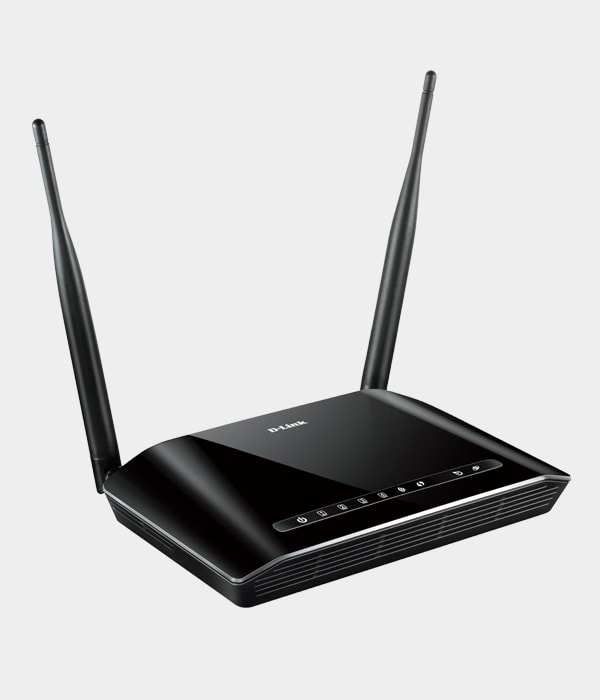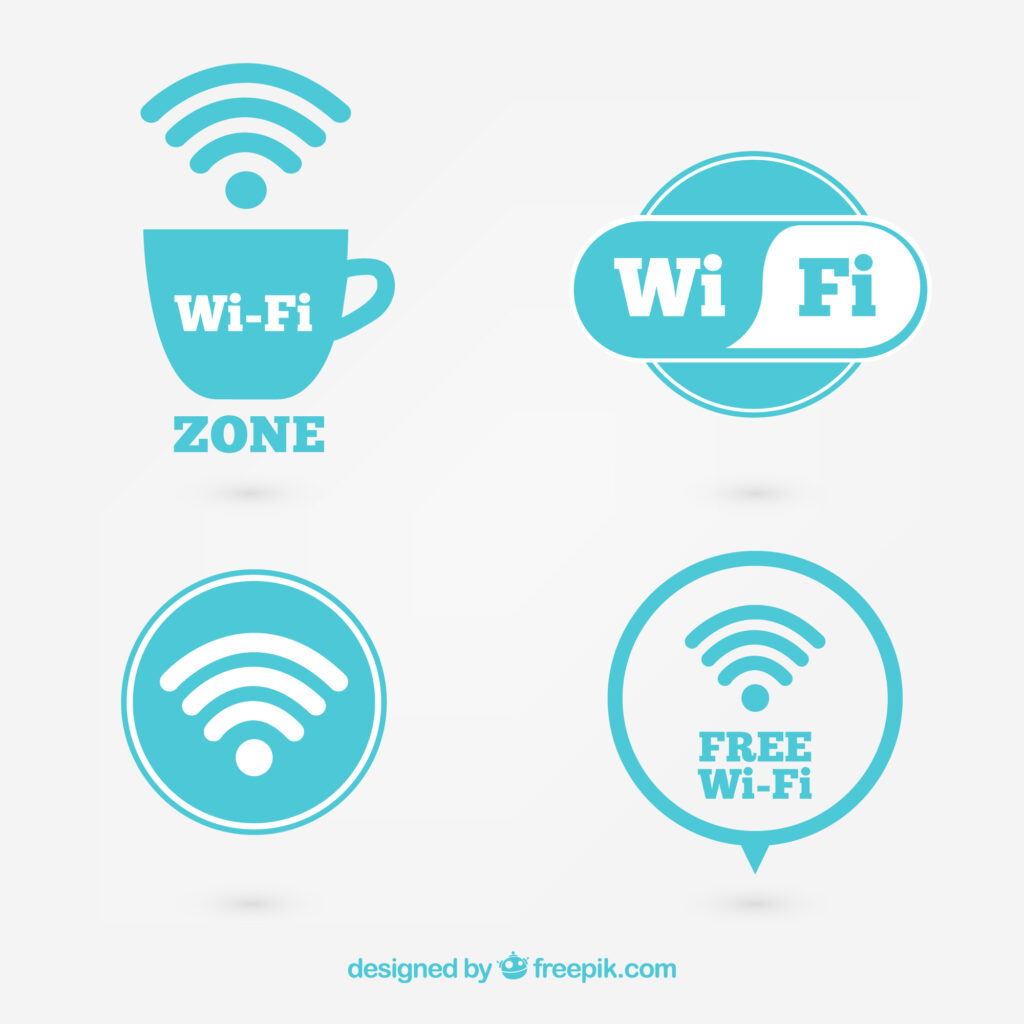Wireless networks are very useful and more relevant with more people working from home. Most works, especially in the technology industry require a portable and fast network. One of the most common forms of network used by most individuals and even companies is wireless network connections or Wi-Fi. Wi-Fi, an abbreviation for Wireless Fidelity, is a technology that allows devices to connect to the internet and communicate wirelessly through radio waves. It uses IEEE 802.11 standards to connect devices such as cellphones, laptops, tablets, and smart home appliances to a wireless network.
Related: Best Wifi Router in 2023
These are not only portable devices, but also with great bandwidth enough for fast data transmission. Aside from their portable nature, they are also fast, cost-effective, and more secure. However, there are factors that determine how fast a wifi is. This factor includes Frequency band, Number of antennas, Channel Width, Signal strength, Internet connection, and network congestion. The signal strength is one of the most important factors, especially when you use a very reliable network provider. How do you check these Wifi signal strengths? Let’s have a technical look at different methods
1. Using Wifi Device Settings
One of the easiest methods to check the strength of your Wi-Fi signal is to use the built-in settings on your Wi-Fi device. You can check the strength of the Wi-Fi signal on most devices, including tablets, laptops, and smartphones. Navigate to the wireless network settings on your smartphone and look for the signal strength meter. Usually, a string of bars or a numerical value is used to depict this. The signal is stronger when the number is higher.
Related: How to Boost Wifi Signal for Free in 2024
2. Utilizing the Web Interface on WiFi
You may also verify the strength of your Wi-Fi connection by logging into your router’s web interface. To access your router, open a web browser and type its IP address. 192.168.0.1 or 192.168.1.1 is the most often used IP address for routers. After logging in, go to the wifi settings section and examine the signal strength meter. With this technique, you may obtain more accurate data about your Wi-Fi signal, including channel usage and signal-to-noise ratio.
3. Using a Third-Party Analyzer App
You can use a third-party analyzer tool to do a more thorough analysis of your Wi-Fi signal. Many commercially available tools can do a network scan of your Wi-Fi system and offer comprehensive data regarding signal strength, channel occupancy, and other variables that may impact Wi-Fi performance. Wi-Fi Analyzer, Wi-Fi Scanner, and Network Signal Guru are a few of the well-known programs.
4. Using a Physical Signal Strength Meter
For a more precise measurement of your Wi-Fi signal strength, you can use a physical signal strength meter. With the ability to examine your Wi-Fi network in greater detail, this device measures signal strength in decibels (dB). You may buy physical signal strength meters online and use them to check the signal strength of your Wi-Fi network at different places.
5. Utilizing Command-Line Programs
Use iw, iwdev, and wifi-analyzer to check the strength of your Wi-Fi signal if you are comfortable using command-line tools. These tools can offer detailed information on your Wi-Fi network, including channel usage, signal strength, and other factors that may have an impact on Wi-Fi performance.
How Wifi Signal Enhance Connection Speed
Enhancing the speed of your internet connection and your overall online experience requires a strong Wi-Fi signal. This is how it enhances the speed and dependability of connectivity:

1. Reduced Interference
When a Wi-Fi signal is strong, it minimizes interference from nearby networks and other devices sharing the same frequency. Faster and more stable performance follows from the reduction of signal noise and the guarantee of a clearer, more stable connection.
2. Enhanced Bandwidth
More data can be transmitted over a single connection with greater bandwidth, which is made possible by a strong signal. Faster download speeds, lag-free online gaming, and seamless streaming are all made possible by higher bandwidth.
Related: How do I build wifi network into home?
3. Increased Coverage
Your wireless network can reach further if it has a strong signal, enabling devices that are far from the router to connect. This gets rid of connectivity problems and lets you work and stay connected from different areas of your house or office.
4. A decrease in dropout and reconnect rates
Regular dropouts and reconnections brought on by a weak Wi-Fi signal can negatively impact your productivity when using the internet. A robust signal lessens these disruptions, making the connection more dependable and steady.
5. Higher Signal Clarity
Stronger Wi-Fi signals guarantee better signal quality, which results in fewer mistakes and quicker data packet transfer. Consequently, the whole online experience gets better and performance gets better.
What is a Good Wi-Fi signal?
A good Wi-Fi signal is normally measured in decibels (dB) and has a signal-to-noise ratio (SNR) of at least 20 dB. An SNR of 20 dB indicates that the signal is 20 dB stronger than the noise level. An excellent Wi-Fi signal is distinguished by strong and dependable connectivity. A figure between 0 and -100 normally represents the strength of your Wi-Fi signal in decibels (dB). Larger values suggest stronger signaling. The following guidelines can be used to establish what constitutes a strong Wi-Fi signal:
A signal strength of -30 to -60 dB is considered weak, and it might lead to frequent disconnections and slow speeds.
Signal strength of -60 to -30 dB is regarded adequate. However it may cause occasional disconnections and slower speeds.
A signal strength of –30 to 0 dB is regarded good, resulting in fewer disconnections and higher speeds.
A signal strength of 0 to 30 dB is regarded outstanding, with no disconnections and the fastest speeds.
How do you Boost Wifi Signal in 2024?

There are a few methods you can try to strengthen your Wi-Fi signal and increase the speed of your connection if it is weak. You can improve your Wi-Fi signal in 2024 by following the advice below:
1. Get Near the Router: Getting close to the router is one of the simplest ways to boost the strength of your Wi-Fi signal. The signal will be stronger the closer you are to the router.
2. Update Your Router’s Firmware: By updating the firmware on your router, you can improve its range and performance. Check with the manufacturer of your router for updates and install them according to their instructions.
3. Use a Wi-Fi Extender: This device can help strengthen the Wi-Fi signal in additional rooms of your home or business. You can use these devices to boost your signal in weak spots.
4. Change Wi-Fi Channel: Because of interference from other devices, your it may become weaker. Changing the Wi-Fi channel can help you improve your signal and avoid interference.
5. Use a Physical Signal Strength Meter: For the most accurate measurement of your Wi-Fi signal strength, use a physical signal strength meter. These devices, which can be purchased online, can detect areas with low signal strength.
Conclusions.
Understanding and optimizing your network’s signal strength is critical for effective connectivity in the ever-changing world of Wi-Fi technology. Users can test and improve the robustness of their Wi-Fi signals by using techniques such as command-line programs, web interfaces, third-party apps, device settings, and physical signal strength meters. A strong one ensures a smooth online experience, which also translates to less interference, more bandwidth, better clarity, more coverage, and fewer dropouts. It is critical to keep the signal strength within the recommended dB range. There will be a variety of ways to improve Wi-Fi signals in 2024, ranging from being close to the router to using Wi-Fi extenders and channel optimizing.

